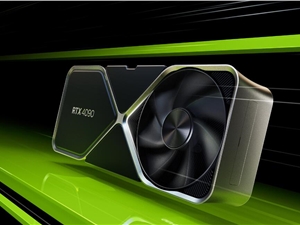On June 30, Baidu officially open-sourced its latest ERNIE Bot 4.5 series, which includes a total of 10 models. These include mixture-of-experts (MoE) models with 47B and 3B activation parameters, as well as a dense model with 0.3B parameters. This open-source release not only allows developers to use these powerful models for free but also provides pre-trained weights and inference code, making it convenient for developers to apply them in various scenarios.
During this release, Intel also demonstrated its strong technical support. Using the OpenVINO toolkit, Intel completed the adaptation of these edge-side models on the same day of the ERNIE Bot release and successfully deployed them on its Core Ultra platform. OpenVINO is an open-source tool developed by Intel, designed to optimize and accelerate the inference performance of deep learning models, enable cross-platform deployment, and fully utilize Intel's hardware resources.

Notably, since 2021, the PaddlePaddle team at Baidu has worked closely with Intel's OpenVINO team, adapting multiple models, including PaddleOCR, PaddleSeg, and PaddleDetection. This collaboration allows developers to directly use PaddlePaddle models and perform inference and deployment through OpenVINO, and even convert models into IR format using OpenVINO's model optimizer to further enhance deployment performance.
The release of ERNIE Bot 4.5 marks another major breakthrough for Baidu in areas such as multimodal understanding, text generation, and logical reasoning. The performance of this series of models even surpasses GPT4.5 in multiple tests, and the API calling cost is only 1% of that of GPT4.5. This undoubtedly offers developers an attractive option for applying AI technology to various products and services.
The collaboration between Intel and Baidu not only demonstrates cutting-edge technological progress but also opens up broader possibilities for the future applications of AI. As more developers participate in using these open-source models, we can look forward to many exciting innovations and applications emerging in the near future.










